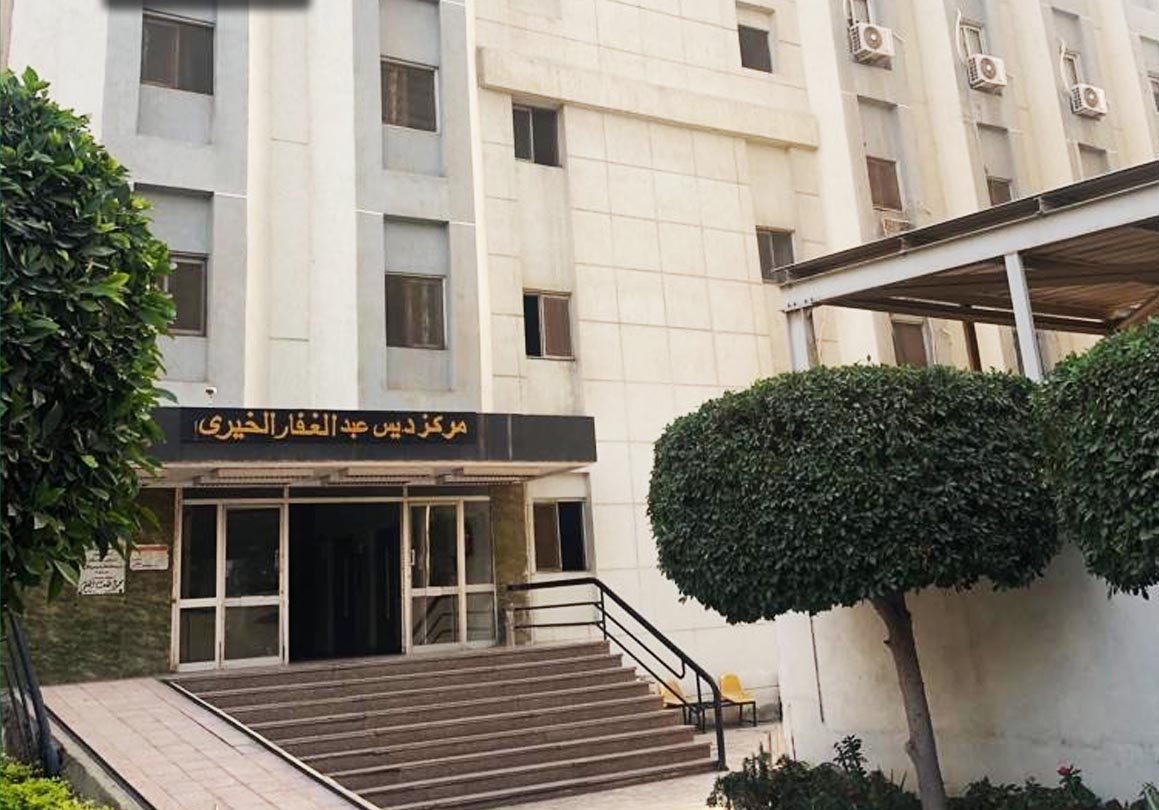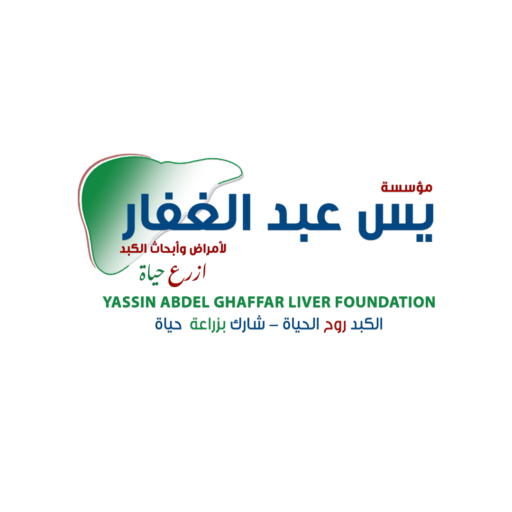About the activity of the Zakat Committee
The Association’s Zakat Committee was established in 1988 and is financially supervised by Nasser Social Bank. The Zakat Committee bears the expenses and treatment costs for liver patients who are unable to pay, both adults and children, after conducting social research on them through the Egyptian Cure Bank to determine the extent of their need for examination and treatment at Dr. Yassin Abdel-Ghaffar Charity for Liver Diseases and Research is supported by the committee.
The services provided by the Zakat Committee vary from medical checkups and tests, covering the costs of inpatient stays, dispensing medications, conducting analyses and radiography, performing endoscopies, providing blood transfusion services, thermotherapy, and arterial injections for the treatment of liver tumor cases.


The Association of Liver Disease Friends & its relationship with the Zakat Committee
The Arab Liver Friends Society was established by Prof. Youssef Abdel-Ghaffar and a group of distinguished liver professors and specialists from various branches of liver research to conduct necessary scientific research and hold international and local conferences to exchange research and present the latest findings in liver research. When he found that most liver patients were poor, hardworking agricultural workers, as a result of their exposure to schistosomiasis and hepatitis viruses, he established the Zakat Committee affiliated with the association to assist poor patients in covering their treatment costs.
He also established a specialized center for the treatment of liver diseases and research, which includes specialized clinics for adults and children, a medical laboratory for analyses, a radiology center, and an endoscopy unit for the digestive and liver system and a liver and digestive surgery department, an inpatient department for reserving patients requiring it, and a pharmacy affiliated with the center that dispenses medications to center patients.
The patient journey for a Zakat Committee patient to receive the service
When a patient enters the center for treatment and finds that they are unable to afford the treatment costs, they can apply to the Zakat Committee which conducts preliminary social research on the patient to confirm their eligibility for assistance, supported by documents such as ID cards, income statements, agricultural ownership proof, and proof of enrollment of their children in schools or universities.
The research results are presented to the Zakat Committee to determine whether the patient will be fully treated at the expense of the committee or with half of the costs, and the patient is given a follow-up card from the Zakat Committee to monitor their condition in various clinics and departments of the center, such as the laboratory, radiology, and dispensing of medications every month or two, depending on the decision of the treating physician. These expenses are recorded and accounted for under the Zakat Committee’s account. “The inpatient department bills, as well as the bills of other clinics and services, are calculated on a monthly basis and deducted from the revenues received by the Zakat Committee’s account. A settlement is made every month or two with the bank (income and expenditure account) to reconcile the transactions.
As liver disease is a chronic condition and patients may experience complications such as esophageal variceal bleeding, hepatic coma, or liver failure, immediate intervention is necessary to save the patient’s life. Therefore, it was necessary for us and the medical center to accept these cases regardless of the availability of Zakat resources and treat them in all departments, including outpatient clinics, laboratories, radiology, endoscopy, injections, and inpatient units. The costs are calculated as a debt to the Zakat Committee, which is paid off from the committee’s resources on an ongoing basis. .

The Association of Liver Disease Friends & its relationship with the Zakat Committee
The Arab Liver Friends Society was established by Prof. Youssef Abdel-Ghaffar and a group of distinguished liver professors and specialists from various branches of liver research to conduct necessary scientific research and hold international and local conferences to exchange research and present the latest findings in liver research. When he found that most liver patients were poor, hardworking agricultural workers, as a result of their exposure to schistosomiasis and hepatitis viruses, he established the Zakat Committee affiliated with the association to assist poor patients in covering their treatment costs.
He also established a specialized center for the treatment of liver diseases and research, which includes specialized clinics for adults and children, a medical laboratory for analyses, a radiology center, and an endoscopy unit for the digestive and liver system and a liver and digestive surgery department, an inpatient department for reserving patients requiring it, and a pharmacy affiliated with the center that dispenses medications to center patients.

This phrase refers to the steps that a patient must take to receive financial assistance from the Zakat Committee.
When a patient enters the center for treatment and finds that they are unable to afford the treatment costs, they can apply to the Zakat Committee which conducts preliminary social research on the patient to confirm their eligibility for assistance, supported by documents such as ID cards, income statements, agricultural ownership proof, and proof of enrollment of their children in schools or universities.
The research results are presented to the Zakat Committee to determine whether the patient will be fully treated at the expense of the committee or with half of the costs, and the patient is given a follow-up card from the Zakat Committee to monitor their condition in various clinics and departments of the center, such as the laboratory, radiology, and dispensing of medications every month or two, depending on the decision of the treating physician. These expenses are recorded and accounted for under the Zakat Committee’s account. “The inpatient department bills, as well as the bills of other clinics and services, are calculated on a monthly basis and deducted from the revenues received by the Zakat Committee’s account. A settlement is made every month or two with the bank (income and expenditure account) to reconcile the transactions.

When a patient enters the center for treatment and finds that they are unable to afford the treatment costs, they can apply to the Zakat Committee which conducts preliminary social research on the patient to confirm their eligibility for assistance, supported by documents such as ID cards, income statements, agricultural ownership proof, and proof of enrollment of their children in schools or universities.
The research results are presented to the Zakat Committee to determine whether the patient will be fully treated at the expense of the committee or with half of the costs, and the patient is given a follow-up card from the Zakat Committee to monitor their condition in various clinics and departments of the center, such as the laboratory, radiology, and dispensing of medications every month or two, depending on the decision of the treating physician. These expenses are recorded and accounted for under the Zakat Committee’s account. “The inpatient department bills, as well as the bills of other clinics and services, are calculated on a monthly basis and deducted from the revenues received by the Zakat Committee’s account. A settlement is made every month or two with the bank (income and expenditure account) to reconcile the transactions.
